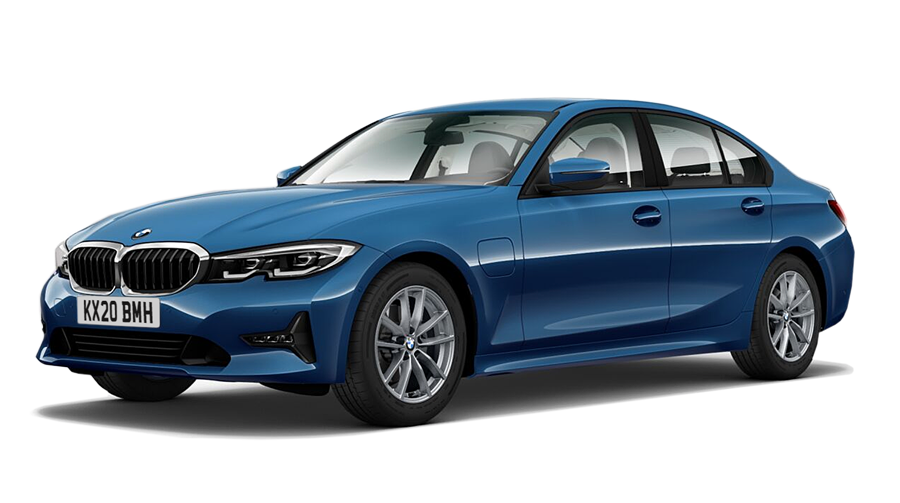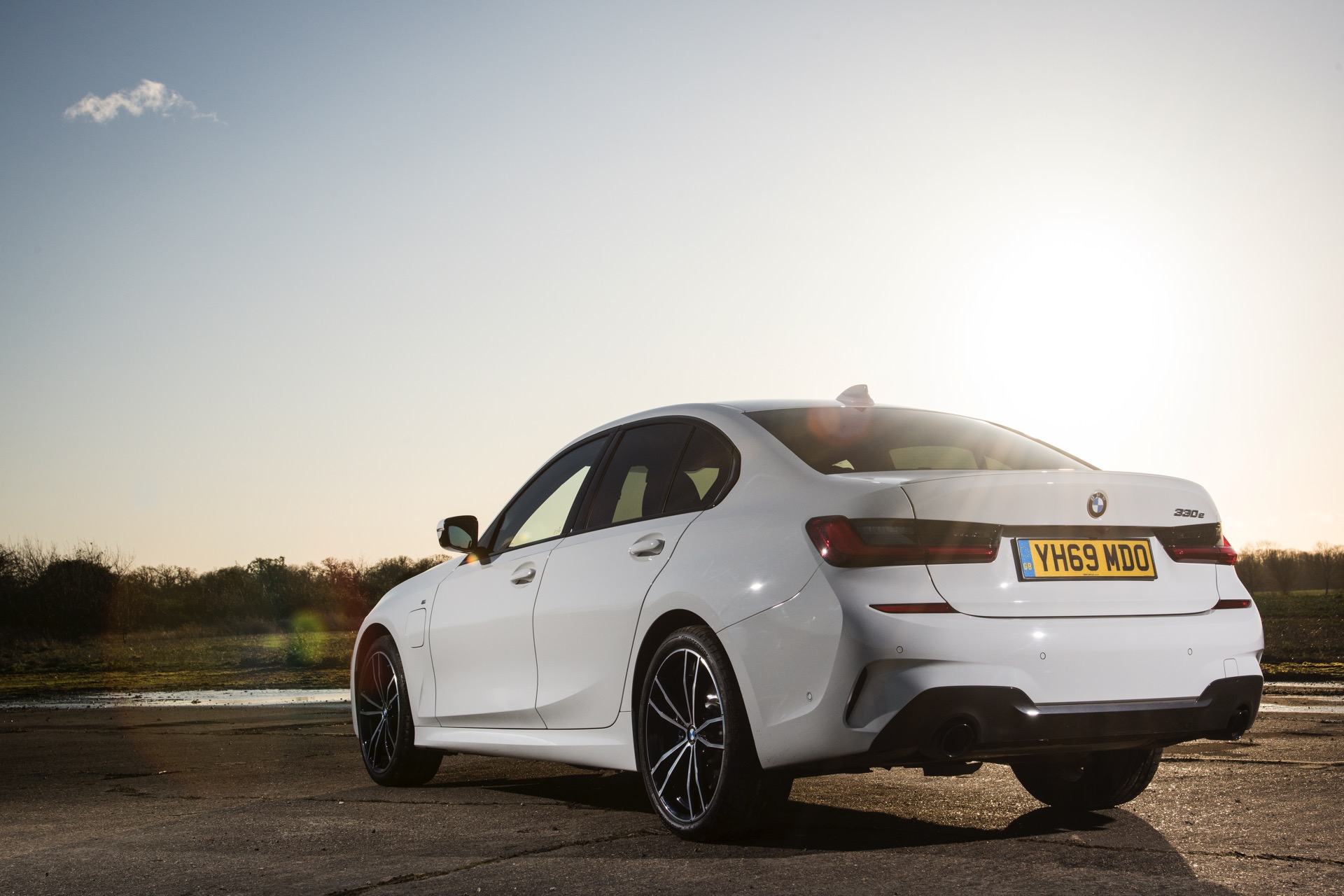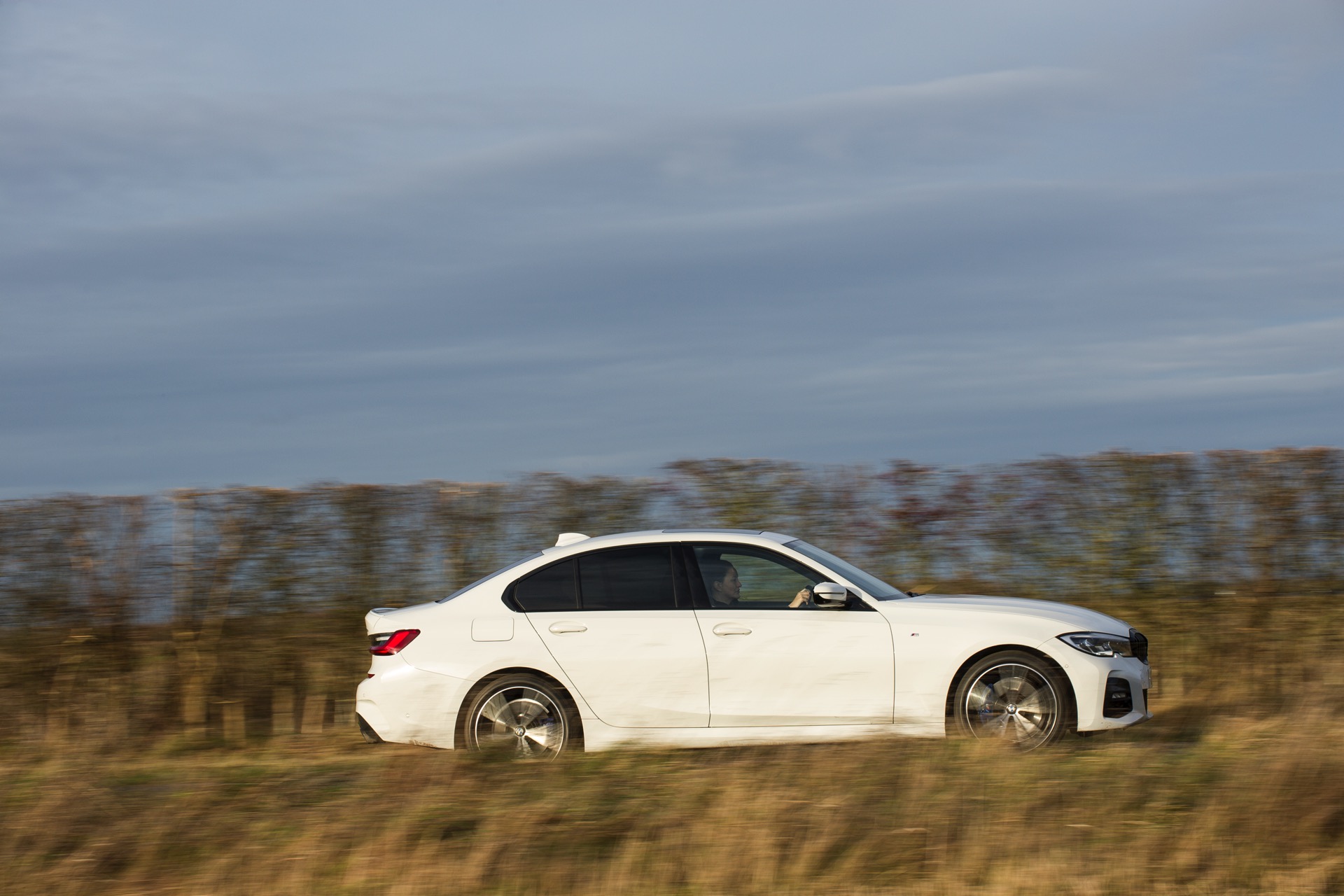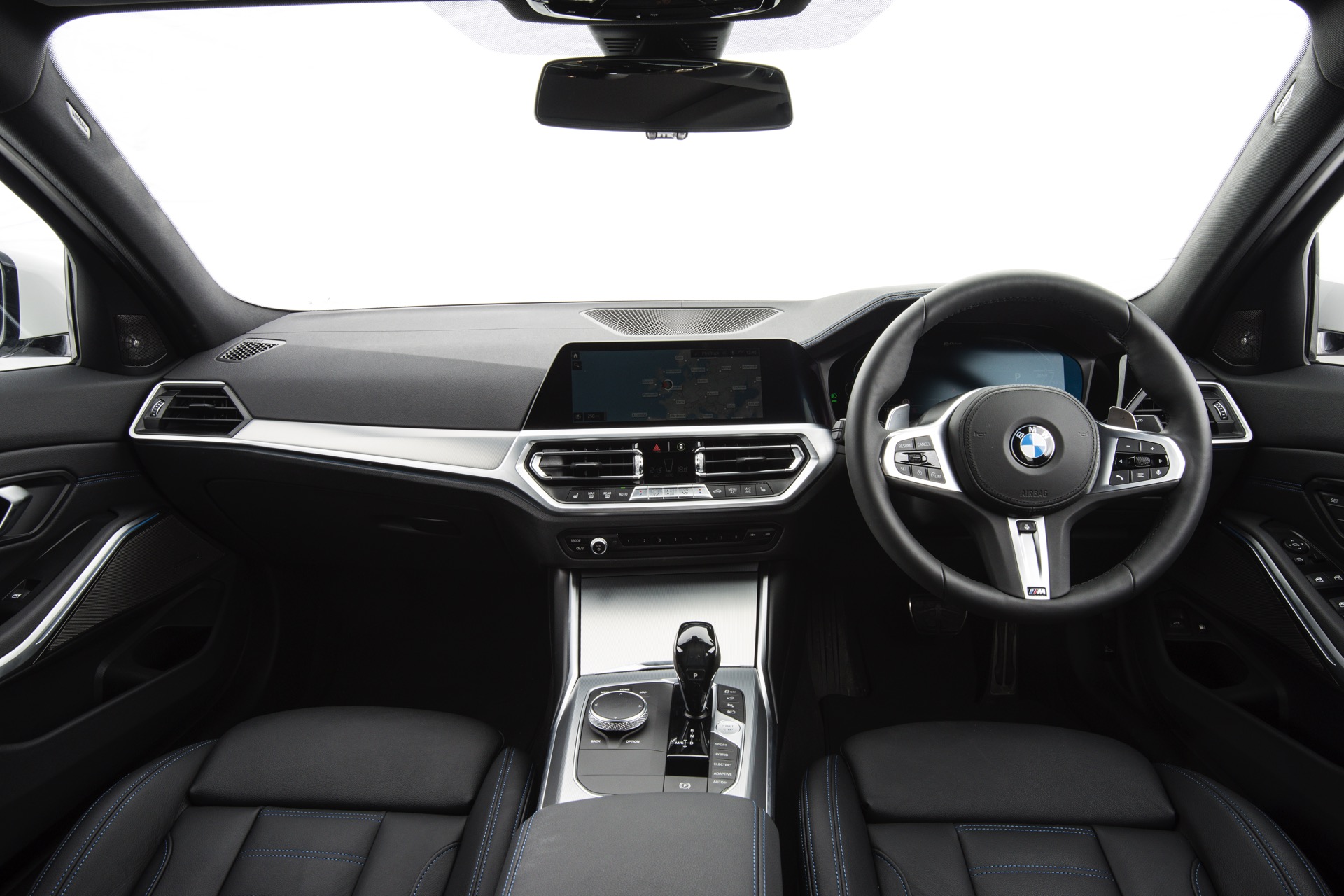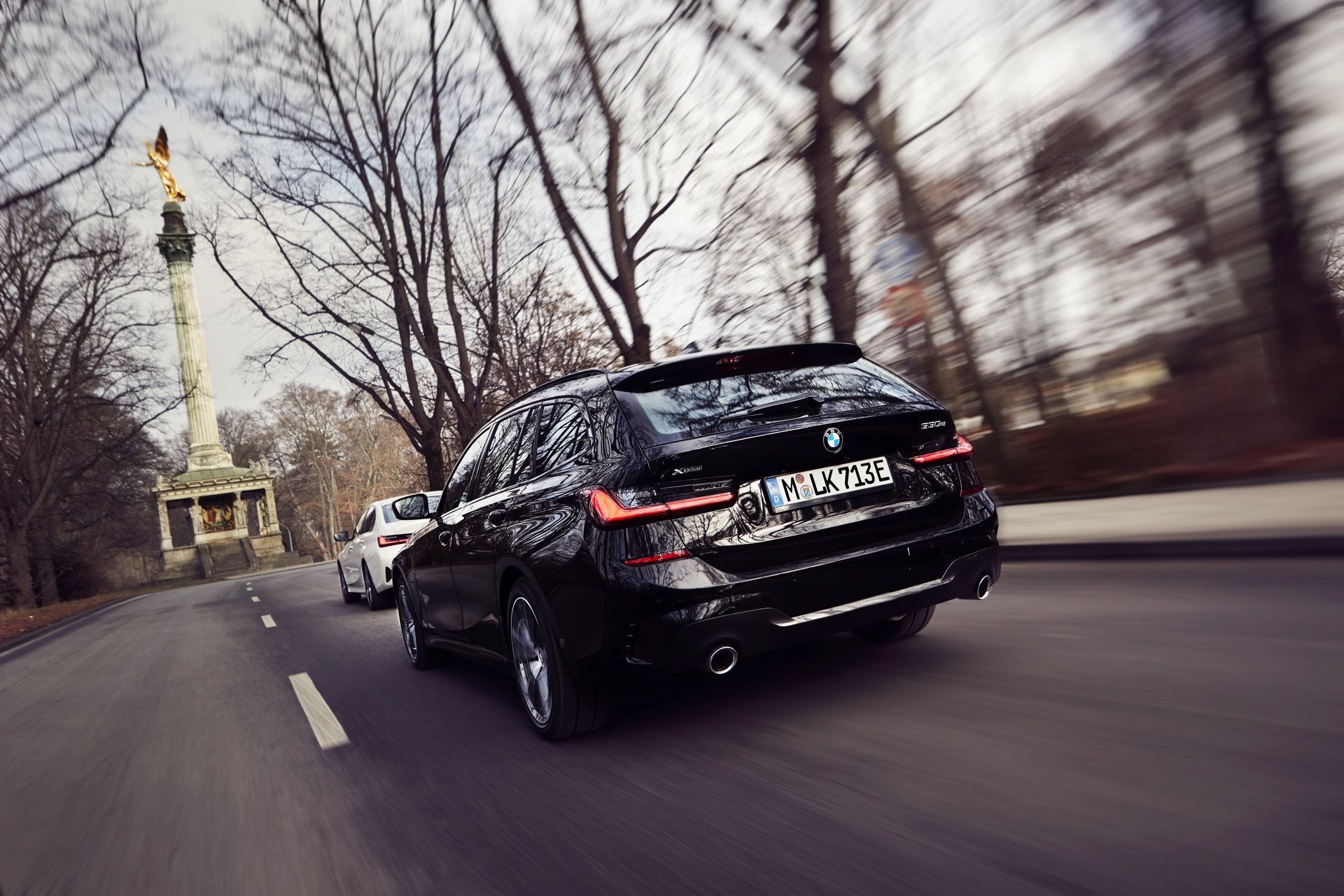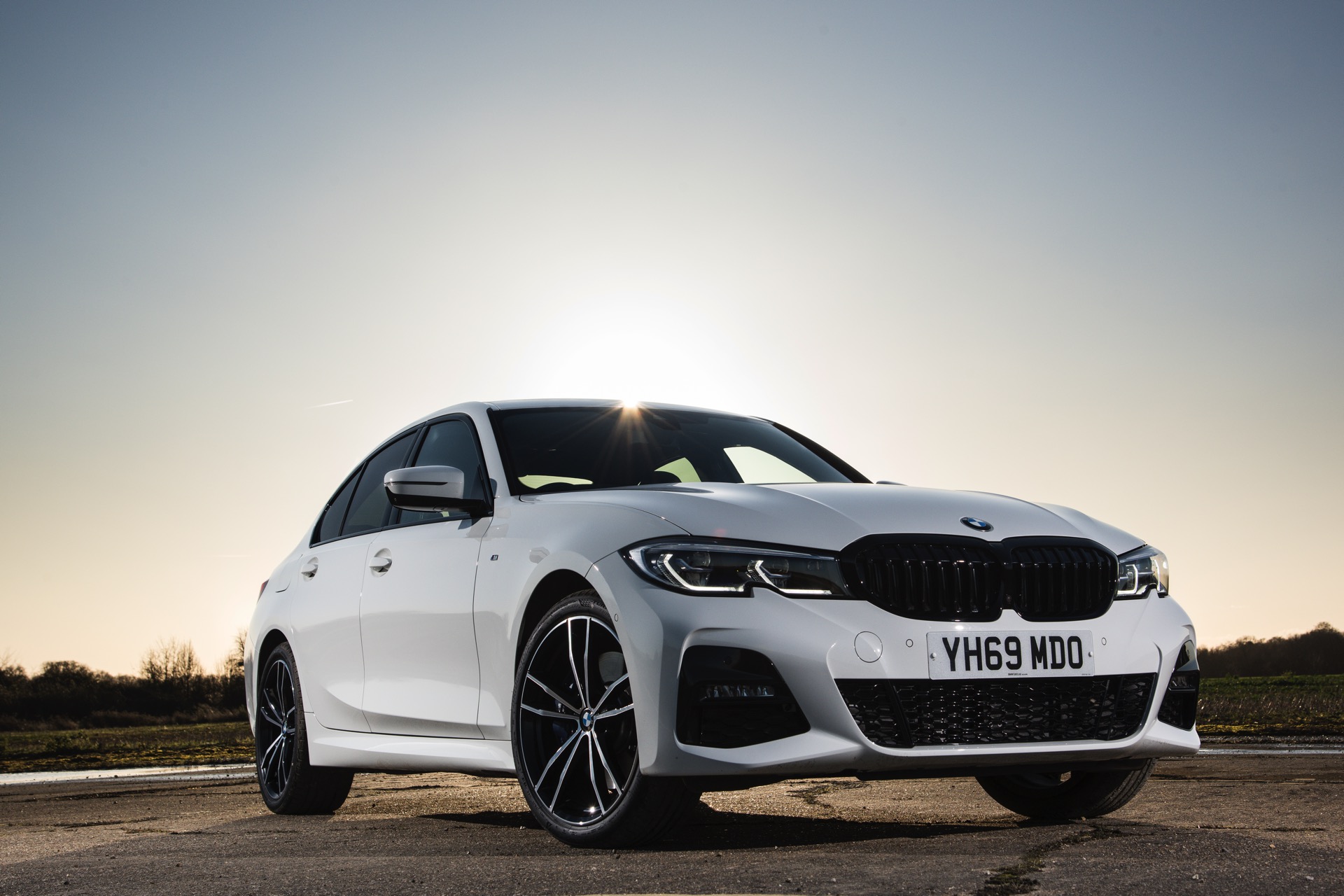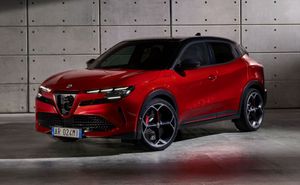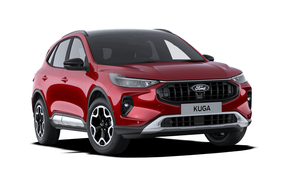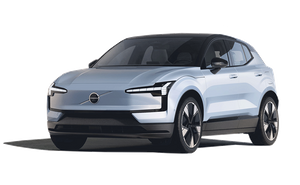In the compact executive saloon market, the BMW 3 Series is one of the all-time greats. It has long been one of the most stylish, best-equipped and most enjoyable driving experiences in the segment, competing strongly with big-hitters from Mercedes-Benz and Audi.
With this model being a huge hit with fleet buyers, it was no surprise to see a plug-in hybrid version introduced in 2016. These models have a low BIK (benefit-in-kind) percentage, which means they’re company car tax friendly.
Unsurprisingly, then, it has proved to be a big sales hit, and will only become a more important car for the brand as we edge closer to 2030, when the UK government will ban the sale of new non-electrified models.
Prices
Because this model has been such a hit with fleet buyers, there are hundreds available on the used market. What’s more, because fleet buyers tend to travel high miles, there are some fantastic deals to be had on examples with over 100,000 miles on the odometer.
While that might seem scary on the face of it, these models should have received regular servicing to keep them in top condition – something that’s always important to check when buying used. Hybrid engines also tend to be more reliable than traditional powertrains because the electric motor is so simple, and it works to take much of the strain off the petrol engine.
A new 330e was introduced towards the end of 2019, which saw the electric only range increase from about 25 miles to 40 miles thanks to a new hybrid powertrain. This also brought a new ‘XtraBoost’ system, which could boost the power output for up to 10 seconds when in sport mode.
With their improved efficiency and sharper looks, these models are much more desirable, and as such you’ll be lucky to get change from £30,000 even at the bottom end of the market. However, when you bear in mind the fact that even the oldest facelift models are less than two years old, it shows there’s very little depreciation to be seen.
When you consider that a new BMW 330e starts at around £33,000, though, if your budget can stretch this far it might be better to look at brand-new models.
Although an entry-level SE Pro trim is available, the vast majority on the used market are in the higher-spec M Sport trims. This adds some desirable upgrades such as a sporty styling package, sports seats, LED fog lights, 18-inch alloy wheels, and M Sport suspension, which stiffens the ride a little to improve handling.
Spotting a BMW 330e
From a distance, you’d be hard-pressed to differentiate a 330e from its non-electrified siblings. Even up close any changes are so subtle as to not be noticeable, so if you want to enjoy the benefits of driving an electrified car but don’t want to shout about it, the 3 Series is a great way to do so.
Pretty much the only ways to identify these models are through the 330e badging on the rear and the extra flap in the front fender, which is where the electric plug is placed to recharge the batteries.
Top tech
Although some manufacturers use fairly small combustion engines in their hybrids and use the electric motors to ease the strain, BMW has stuck with a 2.0-litre unit that makes a respectable amount of power on its own.
The result is that even when the battery is low on energy, the engine doesn’t have to work extra hard to pull the car along, which has less of a negative impact on fuel economy. In 2016 - 2019 models, the 330e makes 252hp, making it capable of a 6.1-second 0-62mph time.
For 2019, the hybrid system is largely the same as before with the same power output, but a new ‘Xtraboost’ technology was introduced. It gave the car an extra 40hp when in Sport mode for up to 10 seconds.
Perhaps more importantly for economy purposes, the hybrid system’s battery increased in size, bumping its electric-only range from 25 to 41 miles, which has a knock-on effect in reducing fuel consumption.
The BMW 3 Series as a whole gets the full five star rating in Euro NCAP safety testing, scoring a near-perfect 97 per cent in adult occupant protection.
Fuel economy
When it comes to plug-in hybrid vehicles, fuel economy is a tricky beast to judge. That’s because the numbers in official testing seem incredibly appealing – the original 330e registered up to 149mpg while the 2019 model sees about 202mpg.
However, those tests are largely based around the assumption that the battery is fully charged. If you can regularly charge the battery and your commute is lower than the electric-only range, there’s a good chance you’ll almost never engage the petrol engine.
However, if you can’t top the batteries up, we’ve seen owners suggesting the fuel economy drops to around 25 to 40mpg. On the flip side, one owner shared a screenshot of their app with a lifetime fuel economy of 702mpg, as they would top up their batteries for their short commute every night.
The empty battery economy isn’t terrible, helped by the larger engine BMW uses, but it’s low enough that if you don’t have easy access to charging it might be worth reconsidering the feasibility of a plug-in hybrid – you're paying a premium to carry those batteries around, after all.
What goes wrong?
Generally speaking, it seems most owners have not had issues with their 330e, with only a few recurring issues appearing on owners’ forums.
However, those that have had problems appear to have had a nightmare. A few customers have complained about the charging system having issues, with one person saying their car had been sent to the dealer three times because of this.
BMWs as a whole have not been rated too highly for reliability over the past decade, while they have a reputation for being expensive to fix outside of warranty, which could be something that’s worth taking into consideration.
Charging
In earlier models, the battery has a 25-mile range and can be charged at speeds of up to 3.7kW, which sees the battery recharged in about two hours and 12 minutes. If you’re only using a regular three-pin plug socket, this process takes up to three hours.
In the newer model, charging is still limited to 3.7kW, but takes longer to fill on account of being a bit bigger. BMW quotes a 0-80% charge time of just under two and a half hours this way.
When buying a used plug-in hybrid model it’s always worth asking the current owner about charging cables and making sure they’re left in the boot.. These can be quite pricey to pick up if you need to buy them separately.
Summary
The BMW 330e is a hugely important car for the German brand, so it’s no surprise to see it has retained much of the impressive build quality and driving dynamics that buyers know and love this model for.
It’s a handsome, practical model with potential to be incredibly good on fuel – but as with many premium cars, repairs can be expensive. It’s worth looking at whether used models still have a warranty, and if not, buying one, as it would be a shame to undo all that money saved on fuel through hefty repair bills.





.png)


